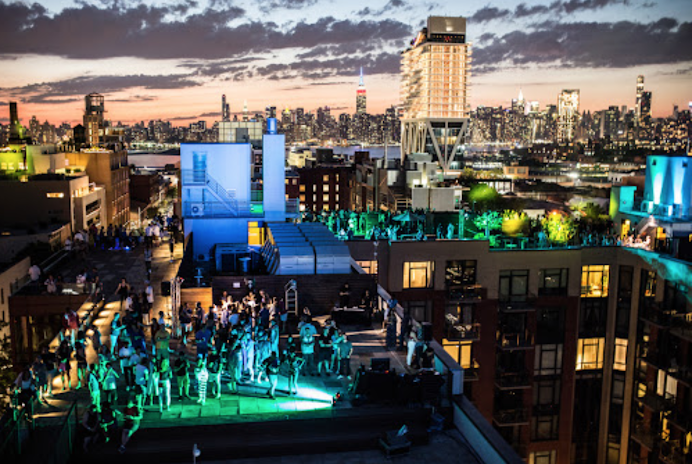Revolutionizing Spectator Engagement Via Immersive VR Encounters in Real-time Performances
Revolutionizing Spectator Engagement Via Immersive VR Encounters in Real-time Performances
Blog Article
Within recent times, digital VR has emerged as potent tool for boosting viewer engagement in live productions. Such technology allows viewers to immerse oneself in a 3D environment, crafting a unique experience that traditional media cannot replicate. By utilizing VR, creators can transport viewers into the core of the performance, causing them sense as if they are integral of the show. This innovative approach not only captivates viewers but also opens up new possibilities for narrative and engagement.
A of the key benefits of using VR in live productions is the ability to forge a more engaging encounter. Viewers can interact with the show in the moment, shaping the result or discovering different viewpoints. For instance, in a stage production, audiences using VR headsets can select to pursue particular roles or scenes, allowing them to customize their experience. This level of interactivity fosters a more profound connection between the audience and the performance, making it more memorable and impactful.
Additionally, VR technology can improve the visual and sound aspects of a real-time production. With high-quality graphics and audio design, creators can create stunning settings that draw viewers in. This immersive staging for cultural festivals quality can elevate the overall encounter, rendering it even more engaging and pleasurable. For example, a concert can be transformed into a multi-sensory experience, where fans experience as if they are standing stage with the artists. Such enhancements not only draw larger audiences but also promote return viewing, as audiences look to re-experience the thrill.
In addition enhancing viewer engagement, VR can also provide insightful data for creators. By examining how audiences engage with the digital environment, creators can gather data on audience preferences and behaviors. This information can inform future productions, helping to tailor content to better meet the needs and desires of the audience. As a result, VR not only enriches the present experience but also contributes to the evolution of live productions as a whole.
As the technology progressing to evolve, the possibilities for VR in live performances is immense. From theater and concerts to athletic events and festivals, the possibilities are endless. By adopting this cutting-edge method, creators can transform the way viewers engage with real-time performances. As more creators investigate the incorporation of VR, it is probable that we will see a shift in how performances are crafted and presented, eventually leading to a greater engaging and interactive future for real-time productions.